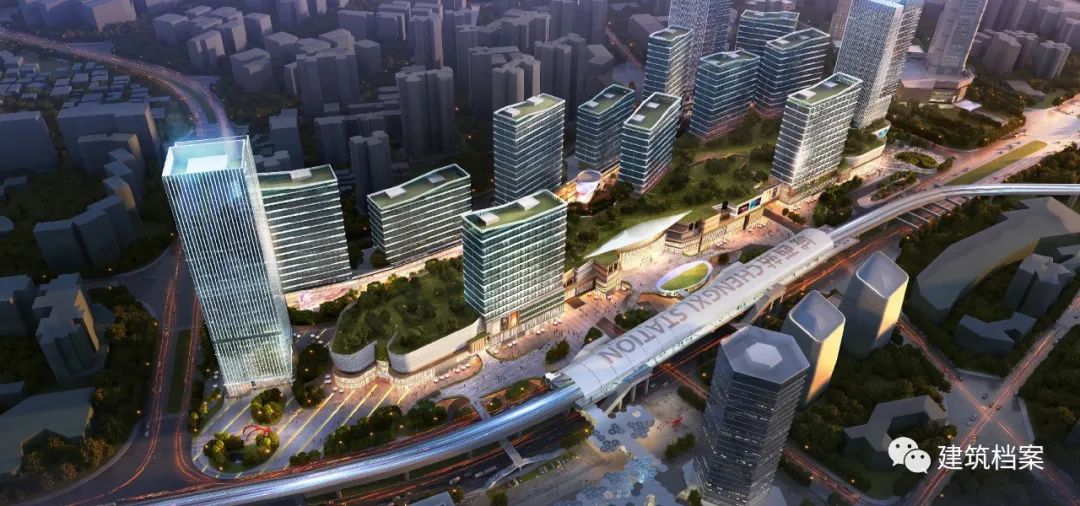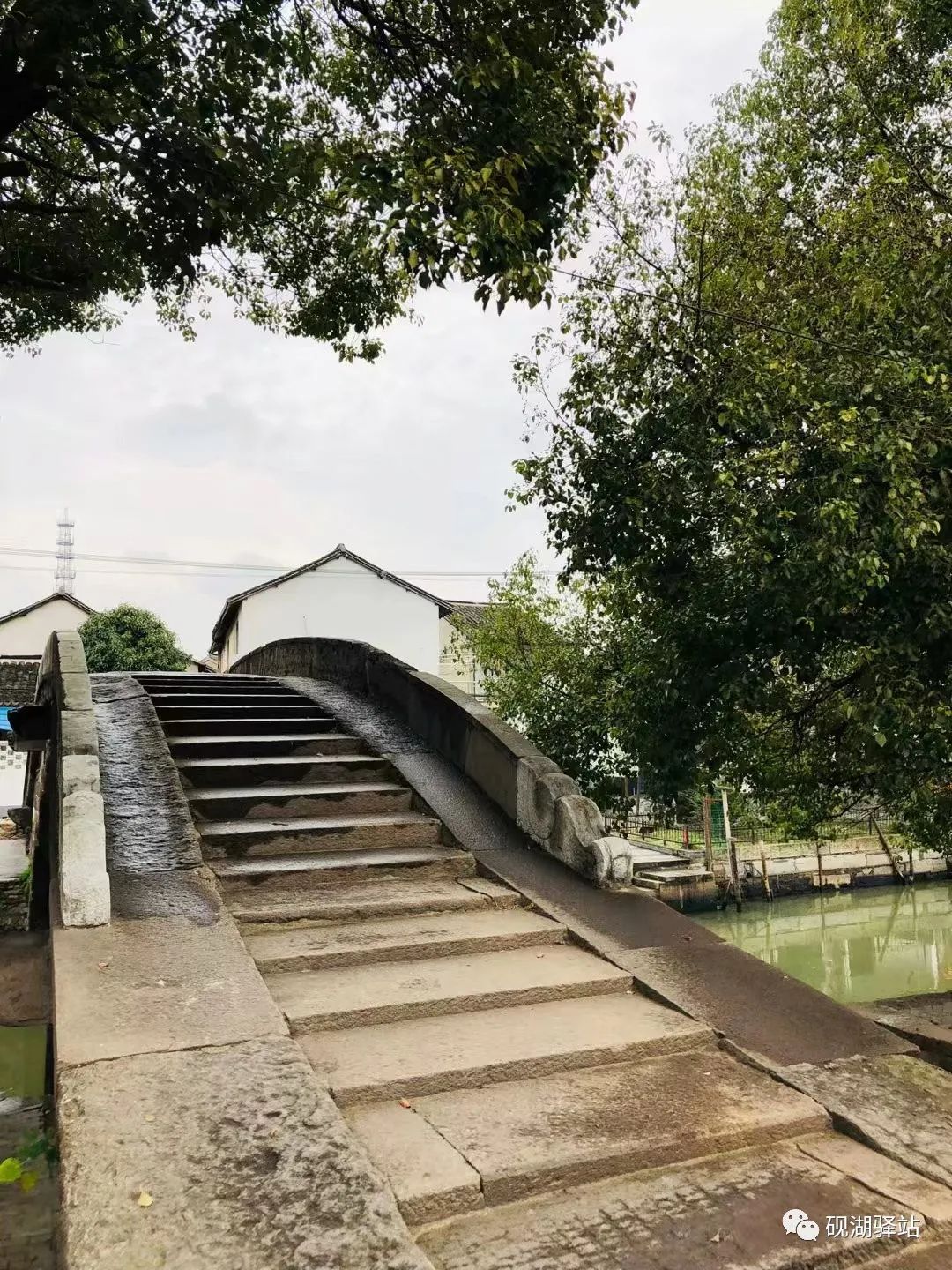Therefore, we have also experienced the process of urban change from practice, There will be more new demands in the city
.
Cai: the change of the city is actually a transition
.
Cultural square competition – ecological landscape platform renderings Cai: Yes
. 

According to the data report of the United Nations: urbanization has stopped, and 66% of the world’s urban resident population will be
.
The subway system in the first and second tier cities is becoming more and more stable, which will also bring more opportunities and attract many investors outside the local area, especially for developers in Hong Kong
.
How will you face this through design? Cui: basically, each city is unique in its cultural and historical attraction
.
I have lived in Hong Kong for many years and often work in the mainland
.
For example, China’s demand in the 1950s and 1960s is also very different from that in today’s China
.
If the whole building is completely demolished, we feel a little pity, which is not sustainable, It’s not environmentally friendly for cities
. 
From the preliminary analysis of land acquisition conditions to the implementation of subsequent plans, different units will come in the whole process, so that we can better understand the tendency of the whole market and consumer groups
. 

Space needs a sustainable element to face some impacts brought by urban transition and time transfer
. 
In the process of establishing the way of coexistence between people and the public, it is necessary to participate in the public
. 
The city is not a person’s city
. 

In the future, if this place does not need a museum, I can’t turn it into the space we need
. 


You mentioned the issue of urban publicity
.
Over the past two decades, China is now at a time node of rapid development
. 
Our project covers more than 40 cities around the world and has accumulated a lot of experience
. 
Therefore, when I am doing architectural design today, I need to consider the possibility of expansion or transformation in 20 years, and reserve conditions for it
.
Cui Jiecheng (hereinafter referred to as “Cui”): if I talk about cities, I may be more romantic
.
Then, how we talk to the city in design is worth discussing
.
It needs to be discussed with the government, developers and local functional departments- Space needs a sustainable development element
. 

The involvement of design in the city is generally in the initial stage of the city or some plots in the city
.
The governments of Shanghai, Beijing and some second and third tier cities have also invested a lot of resources here to strengthen the infrastructure construction of the whole city
.
The development of science and technology will also bring the city into a new stage of development and produce more different needs and opportunities, which contains a variety of possibilities of change
. 
Therefore, in the planning and design process of the whole city, we must know how to make it safer and more livable, which is a very challenging thing
.
The reason why people go to Paris is to see the Eiffel Tower
. ![]()
Shakespeare once said, “what is the city but the people( Cities are people), so people are the most important
.
Well, such a house is sustainable and renewable
. 
Even the modern cultural and historical attraction of the city remains unchanged
.
The needs of each era are different
. 


It can be upgraded and space adjusted and continue to be used
. 
The arrival of the epidemic has taught us a valuable lesson
.
Today, we should consider that if the hospital does not exist in the future, the house does not need to be blown up
. 


Hand drawn design of cultural square competition – focus on sustainable development elements Shao: what do you think are the elements of sustainable development? Cui: it involves a very complex solution, because every place is different
.
Few people will discuss the essence of the city
. 

Shao: the city is in a state of process development
.
Nowadays, the government’s policies are also encouraging the development of urban infrastructure
.
Moreover, in the scheme stage, including the impact of urban planning on the whole future life, as well as the future vision and vision in the planning, we must grasp the discretion and be accurate
. 
What is our city? What are your observations and Thoughts on urban development in recent years? Cai Shangwen (hereinafter referred to as “Cai”): I am a Singaporean
. 
Cultural square competition – concept generation
.
From the material level, the land price in each city is becoming more and more expensive, that is to say, investors and developers who use this plot must be more cautious and carefully consider how to tap the potential of the whole plot to the fullest, which is also one of the most important issues in this industry and our professional responsibility as designers
. 
Our work is to serve the city
.
We are also in the process of change
. 
Of course, this is not something that a company can do
.
Instead of being a museum today, it can always be a museum
Therefore, the design should have more flexibility
. 
Mainlanders prefer to come to Hong Kong for shopping and call it a “shopping paradise”
.
In addition to paying attention to intelligent and smart cities, we should also pay attention to the health and safety of cities
.
Although there have been some changes in our ideas, one thing remains unchanged, that is, the way we deal with “space”
.
The total population of the middle class has also increased a lot and has a strong overall consumption power
. 



How will the city face the “transfer of time”? Shao: cities have their public attributes, including the city’s public health system
. 
Architectural archives entered lead8 this time, facing the essence of the city and opening this dialogue
.
It can have a change process
.
However, due to the good geographical location of the building, there may also be subway connection
. 
That’s the problem.
. 
Cai: for a simple example, if we want to design a hospital, I think the architect has the responsibility in the whole process
.
As a result, a series of new industrial chains have emerged in the city
.
Development is normal
.
We have also participated in the preliminary planning work of many owner units and the government
. 
Then, what is the value of the existence of the city? How should cities take care of people in this era? Through the dialogue with the two founders of lead8, let us understand how as a designer, we can explore the reasonable way of urban existence through design- How should we understand the “essence of the city” in the era of rapid urban growth? Shao Bing (hereinafter referred to as “Shao”): today we will start with the city
. 
For example, for the topic of “carbon neutralization”, how can we reduce the polluted area of buildings; If it is reflected in the interior of the city, it is about how we should protect our urban culture
.
There are also some associated problems in development
. 
The design sketch of cultural square competition is only involved in the design module
.
When we talk about the sustainability of space, we always have to go back to the “people in it”
.
How can “publicity” be better interpreted through urban space design? You also mentioned that “people are the essence of the city.” Because of the circulation of people, the efficiency of the city is produced
. 
Just like shopping centers, a shopping center may have been a traditional “friendship commercial building” 10 years ago, but today the concept of “friendship commercial building” has been eliminated
. 
Lead8’s attention to the city aims to pay attention to the people living in the city, and discuss the design of the city and its own way among the city, commerce and people
.
Science and technology and artificial intelligence have attracted more and more attention from urban planners, architects and engineers, which has also brought some new opportunities to our design career
.
Shao: you mentioned that we are in a “transitional stage”, but in fact, there is a “state of over development and over design” in the current urban development, construction and design
.






